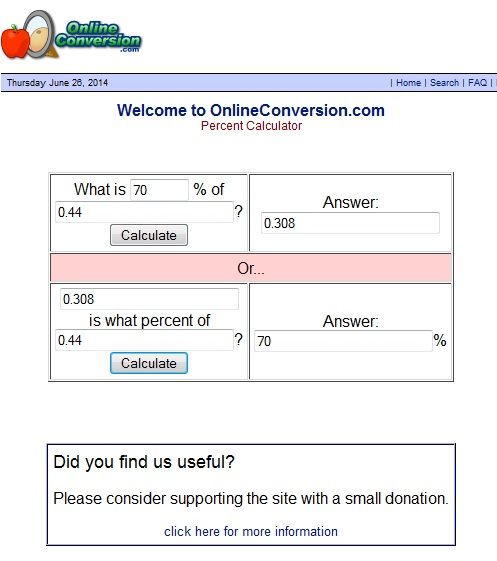Thanks to all for the reply's, I'm going to put a cap on the extra port and call it good. the car ran fine before, so its no big deal. We don't have emission testing here anyway. Rev it up and go.
I'd Cap off the other fitting.
Hopefully this other stuff won't be just a lot of usless info.......
Lookes like an early carb air pump. All pumps should be the same, just different fittings. The later one had a curved back fitting
Carby

EFI

EFI hookup
" Port in Housing" Cardone 32-291 is the generic type of 1981 to 1987 pump E1TZ-9A486-B Ford Econoline E150 E250 E350 1975-1987, but also fits 5.0 Mustangs till 1992, so it is 31 lb/hr.
E1TZ-9A486-BA is CX1798, and they used it on passenger cars and F700 trucks to 1995.
Ford has an internal CX xx or Fxx code for ones that swap. Gross Vehicle Weight/Mass governs the flip between 38 lb/hr and the stock 31 lb/hr it should be.
The pumps come in generic families rated in pounds per hour (or liters per hour). Big EFI 5.8 F150 Truck ones are often 38.4 lb/hr, but some big block 2 and 4-BBL 370/6.1 Lliter trucks just ran car type 31 lb/hr pumps.
The Fxx classification of pumps are based on output
and hose postion. A bewildering range of Rear or Side hose combinations, just gotta look through the on line 17, 31 and 38 pound interchanges, eliminating the 17 and 38's.
In liters per hour, thats
14.06 kg/hr (31 lb/hr, passenger car pumps between 3.8 and probably 5.8 liters in ohv engines)
7.7 kg/hr (17 pound per hour, 1.6 to 2.9 liter CVH/EOA/Lima/Cologne pumps generally stamped 1155)
17.44 kg/hr ( 38.4 pound per hour, generally van and truck pumps)
Generally, around 1986 was the pivotal port EFI swap-over year, when Ford changed its time honoured external Thermactor and EGR systems control hadware to incorpate EECIV TAB/TAD or DPFE electronic control.
Depending on the secondary AIR system, prior to 1986, every 1981 to 1985 Ford used versions of the E1TE-9B289-AA "Smog Pump Thermactor Air Bypass Diverter Valve" with a 31 pound per hour air pump on 232-460 (3.8 to 7.5 liter) passenger or sub 8 ton GVW engines







 Reply With Quote
Reply With Quote











Connect With Us